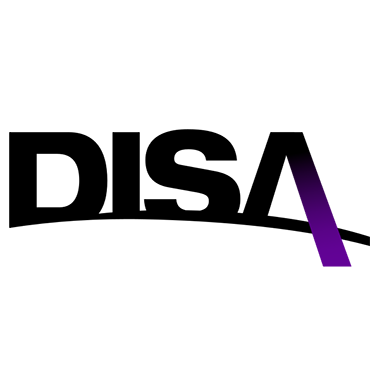DISA's new unit aims to take pressure off Cyber Command

A new joint force cyber unit will relieve Cyber Command of some of its organizational duties and help identify vulnerabilities on military networks.

Officials at the Defense Information Systems Agency are hoping that a newly formed joint force cyber unit at the agency can take some pressure off of U.S. Cyber Command. The goal is to leave the management of capacity-building to DISA so Cyber Command, whose charge is defending the nation in a cyberattack, can focus on executing the Pentagon’s cyber capabilities.
"We're going to be taking tasks off of Cyber Command's plate that they’ve been having to do because there's been a vacuum in this operational level command and control," Brig. Gen. Robert Skinner, DISA's chief of staff, told reporters Jan. 12 on the sidelines of an AFCEA D.C. luncheon. Some of those tasks include providing situational awareness and operational planning teams to help defend the DOD information networks (DODIN).
DISA will in the next few days formally establish the Joint Force Headquarters DODIN, filling a significant organizational gap for the Pentagon in cyberspace. Previously, there was no joint force headquarters aligned with DODIN operations, according to Skinner.
About 100 people will initially staff the new joint force, a number the DISA chief of staff predicted would double once the unit reaches "full initial operating capacity."
The new joint force command will be a conduit for DISA to tell the military services what cyber defense capabilities they should prioritize. The agency will "provide the rules and the overarching framework and construct," for those capabilities, while the services "will do the actual tactical execution," said Skinner. DISA might, for example, spot a vulnerability on a given military network that could spread to other networks, and then instruct the service to promptly address that vulnerability.
"Not every single vulnerability is the same level of threat," he said, adding that DISA needs to help the services prioritize what threats need swift action and others that can be left on the back burner.
The new joint force command is part of officials' efforts to revamp DISA to make it more responsive to cyber threats and more engaging with private industry.
At the AFCEA luncheon, DISA Director Lt. Gen. Ronnie Hawkins said he had heard enough criticism about DISA being slow on acquisition and not communicative enough with industry to convince him the organization needed shaking up. Hawkins also revealed that he would be stepping down as director before the end of the year. His successor has not been named.
NEXT STORY: President pivots to cyberspace


